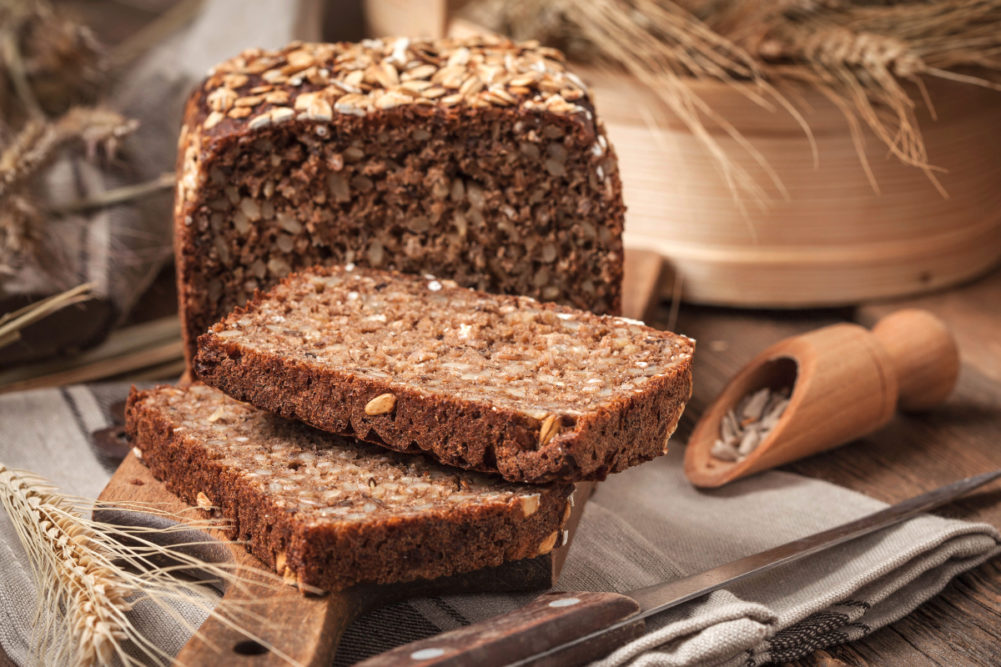BOSTON — People in the highest category for consuming whole grains had a 29% lower rate of being diagnosed with type 2 diabetes when compared to people in the lowest category in a study published July 8 in BMJ.
“Higher consumption of total whole grains and several commonly eaten whole grain foods, including whole grain breakfast cereal, oatmeal, dark bread, brown rice, added bran and wheat germ, was significantly associated with a lower risk of type 2 diabetes,” the study concluded. “These findings provide further support for the current recommendations of increasing whole grain consumption as part of a healthy diet for the prevention of type 2 diabetes.”
The study may be found here.
Researchers from the Harvard TH Chan School of Public Health, Brigham and Women’s Hospital and Harvard Medical examined results from the Nurses’ Health Study (1984-2014), the Nurses’ Health Study II (1991-2017) and the Health Professionals Follow-Up Study (1986-2016). The three studies accounted for 158,259 women and 36,525 men who were free from diabetes, cardiovascular disease or cancer at baseline. Five groups were created based on the median number of whole grain servings they had per day: 0.1, 0.4, 0.7, 1.1 and 1.9.
The researchers found consuming one or more servings a day of whole grain cold breakfast cereal was associated with a 19% lower risk of becoming diabetic when compared with consuming less than one serving a month. The percentage for dark bread was 21%. The researchers also compared two or more servings per week with less than one serving a month for whole grain oatmeal, brown rice, added bran and wheat. Eating two or more whole grain servings per week was associated with lower risks of 21% for oatmeal, 15% for added bran, and 12% for both brown rice and wheat germ.
The reductions in risk seemed to plateau at about two servings a day for total whole grain intake and at about half a serving a day for whole grain cold breakfast cereal and dark bread.






